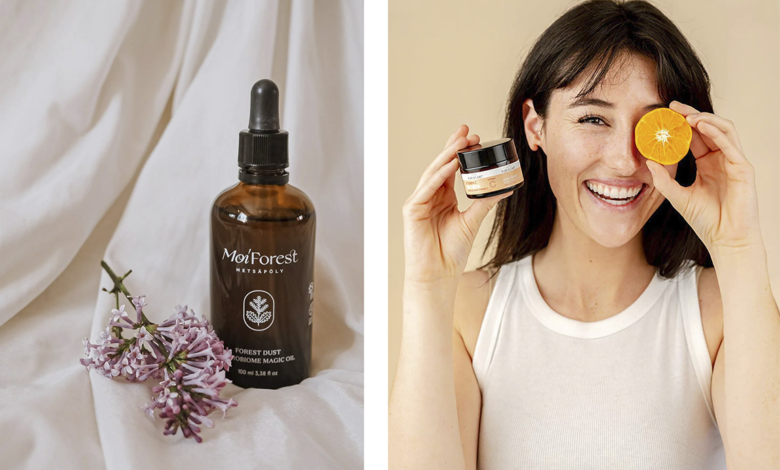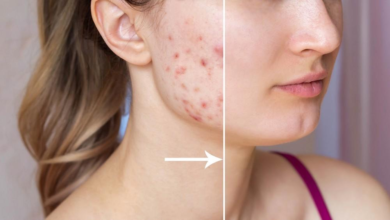How to Get Rid of Natural Skincare Routine

How to Get Rid of Natural Skincare Routine. Natural skincare refers to using products made from natural ingredients—think plant extracts, essential oils, and minerals. The idea is to rely on what nature offers rather than synthetic chemicals. But what if you’re considering moving away from this approach?
Why People Choose Natural Skincare
Many opt for natural skincare due to its perceived safety and fewer chemicals. It’s often marketed as being better for your skin and the environment. However, reasons for switching away from this routine can be varied and personal.
Reasons to Change Your Natural Skincare Routine
Personal Preference
Time Constraints
Managing a natural skincare routine can be time-consuming. Preparing DIY masks or finding the perfect natural ingredient blend often takes effort. If you find yourself pressed for time, a more straightforward routine might appeal to you.
Desire for Different Results
Sometimes, the results from natural skincare don’t meet expectations. Whether it’s slower results or not addressing specific skin issues, people might look for alternatives that promise quicker or more noticeable improvements.
Effectiveness and Convenience
Product Efficacy
Conventional skincare products often undergo rigorous testing to prove their efficacy. If you’ve struggled to find natural products that deliver the results you want, conventional options might be more effective for your needs.
Availability and Cost
Natural skincare products can be expensive and hard to find. On the other hand, conventional products are usually readily available and may offer a more budget-friendly option.
Alternatives to Natural Skincare
Conventional Skincare Products
Ingredients to Look For
When exploring conventional skincare, look for active ingredients such as retinoids, hyaluronic acid, and salicylic acid. These are known for their targeted benefits, from reducing wrinkles to improving hydration.
Popular Brands
Brands like Neutrogena, Olay, and L’Oréal offer a range of products with proven effectiveness. They often provide specialized solutions for different skin concerns and are backed by substantial research.
Dermatological Treatments
Professional Consultations
Consulting a dermatologist can help tailor a skincare routine to your specific needs. Professionals can recommend treatments that align with your skin type and concerns, from acne to aging.
Common Procedures
Dermatological treatments include options like chemical peels, laser therapy, and microdermabrasion. These procedures are designed to address skin issues more intensively than topical products alone.
Transitioning from Natural to Conventional Skincare
Assessing Your Skin Type
Identifying Skin Needs
Understanding your skin’s needs is crucial before making a switch. Determine if you have dry, oily, combination, or sensitive skin, and choose products designed to meet these needs.
Choosing Compatible Products
Not all conventional products suit every skin type. Look for formulations specifically designed for your skin type and issues to avoid unwanted reactions.
Gradual Integration
Introducing New Products Slowly
To minimize potential reactions, introduce new products gradually. This approach helps identify any adverse effects and allows your skin to adjust without overwhelming it.
Monitoring Skin Reactions
Pay close attention to how your skin responds to new products. If you notice any negative reactions, discontinue use and consult a professional for advice.
Common Mistakes to Avoid
Overloading with Products
Product Layering Issues
Using too many products can overwhelm your skin and lead to irritation or poor absorption. Stick to a streamlined routine and introduce products one at a time.
Possible Allergic Reactions
Mixing different products increases the risk of allergic reactions. Ensure each product is compatible and perform a patch test before full application.
Ignoring Skin Sensitivities
Testing New Products
Always test new products on a small area of your skin before applying them to your face. This step helps identify any potential allergic reactions or sensitivities.
Paying Attention to Changes
Monitor your skin’s response to new products and make adjustments as needed. Pay attention to any signs of irritation or discomfort.
Benefits of Switching
Enhanced Results
Visible Changes in Skin
Conventional skincare products often provide faster and more noticeable results. Whether it’s reducing wrinkles or clearing acne, these products can deliver significant improvements.
Addressing Specific Skin Concerns
Many conventional products are formulated to target specific skin issues, offering solutions tailored to conditions like hyperpigmentation or deep wrinkles.
Convenience and Variety
Easier Access to Products
Conventional skincare products are widely available in stores and online. This accessibility makes it easier to find and purchase products suited to your needs.
Broader Range of Options
With a vast array of products available, you have the flexibility to choose from different formulations and brands to find what works best for you.
Conclusion
In summary, switching from a natural to a conventional skincare routine can be driven by a variety of factors, from personal preference and time constraints to effectiveness and convenience. By understanding the benefits and potential pitfalls, you can make a transition that best suits your skincare needs.
FAQs
What are the primary differences between natural and conventional skincare?
Natural skincare relies on plant-based ingredients, while conventional skincare often includes synthetic components designed for specific effects. Conventional products may offer faster and more targeted results but can contain more chemicals.
How can I find the right conventional skincare products for my skin type?
Determine your skin type and concerns, then look for products specifically designed for those needs. Consulting a dermatologist can also provide personalized recommendations.
Are there any risks associated with switching from natural to conventional skincare?
Switching may cause skin reactions if the new products are not compatible. It’s important to introduce products gradually and monitor your skin’s response.
How long does it typically take to see results after switching skincare routines?
Results can vary depending on the products used and individual skin types. Generally, it may take a few weeks to notice improvements.
